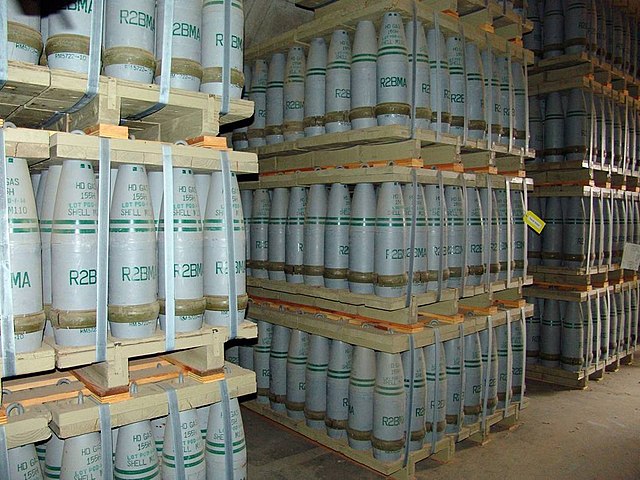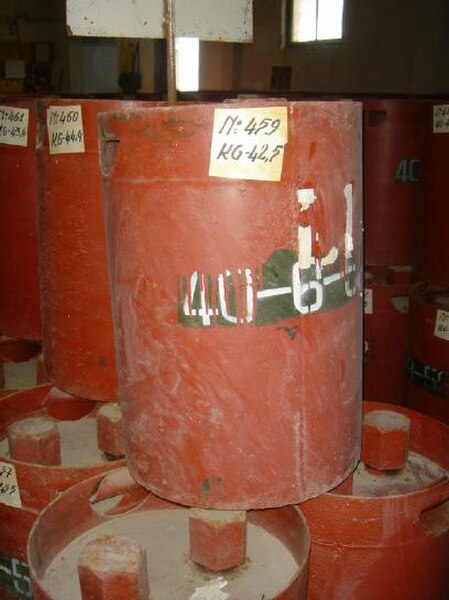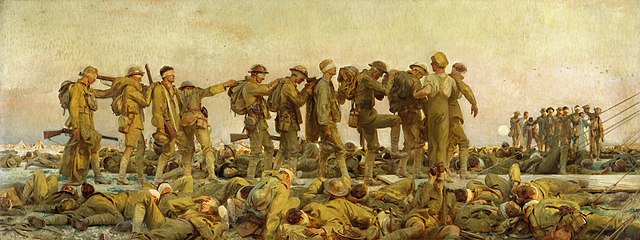Chemical weapons in World War I
The use of toxic chemicals as weapons dates back thousands of years, but the first large-scale use of chemical weapons was during World War I. They were primarily used to demoralize, injure, and kill entrenched defenders, against whom the indiscriminate and generally very slow-moving or static nature of gas clouds would be most effective. The types of weapons employed ranged from disabling chemicals, such as tear gas, to lethal agents like phosgene, chlorine, and mustard gas. These chemical weapons caused medical problems. This chemical warfare was a major component of the first global war and first total war of the 20th century. The killing capacity of gas was profound, with about 90,000 fatalities from a total of 1.3 million casualties caused by gas attacks. Gas was unlike most other weapons of the period because it was possible to develop countermeasures, such as gas masks. In the later stages of the war, as the use of gas increased, its overall effectiveness diminished. The widespread use of these agents of chemical warfare, and wartime advances in the composition of high explosives, gave rise to an occasionally expressed view of World War I as "the chemist's war" and also the era where weapons of mass destruction were created.

A French gas attack on German trenches in Flanders, Belgium (1917).
Russian Red Cross nurses tend to gassed Russians brought from the front lines, 1915
British emplacement after German gas attack (probably phosgene)
A sentry stands watch next to a "gas gong".
A chemical weapon (CW) is a specialized munition that uses chemicals formulated to inflict death or harm on humans. According to the Organisation for the Prohibition of Chemical Weapons (OPCW), this can be any chemical compound intended as a weapon "or its precursor that can cause death, injury, temporary incapacitation or sensory irritation through its chemical action. Munitions or other delivery devices designed to deliver chemical weapons, whether filled or unfilled, are also considered weapons themselves."
Pallets of 155 mm artillery shells containing "HD" (mustard gas) at Pueblo Depot Activity (PUDA) chemical weapons storage facility
Image: Soviet chemical weapons canisters from a stockpile in Albania
A British gas bomb that was used during World War I
John Singer Sargent's iconic World War I painting: Gassed, showing blind casualties on a battlefield after a mustard gas attack








